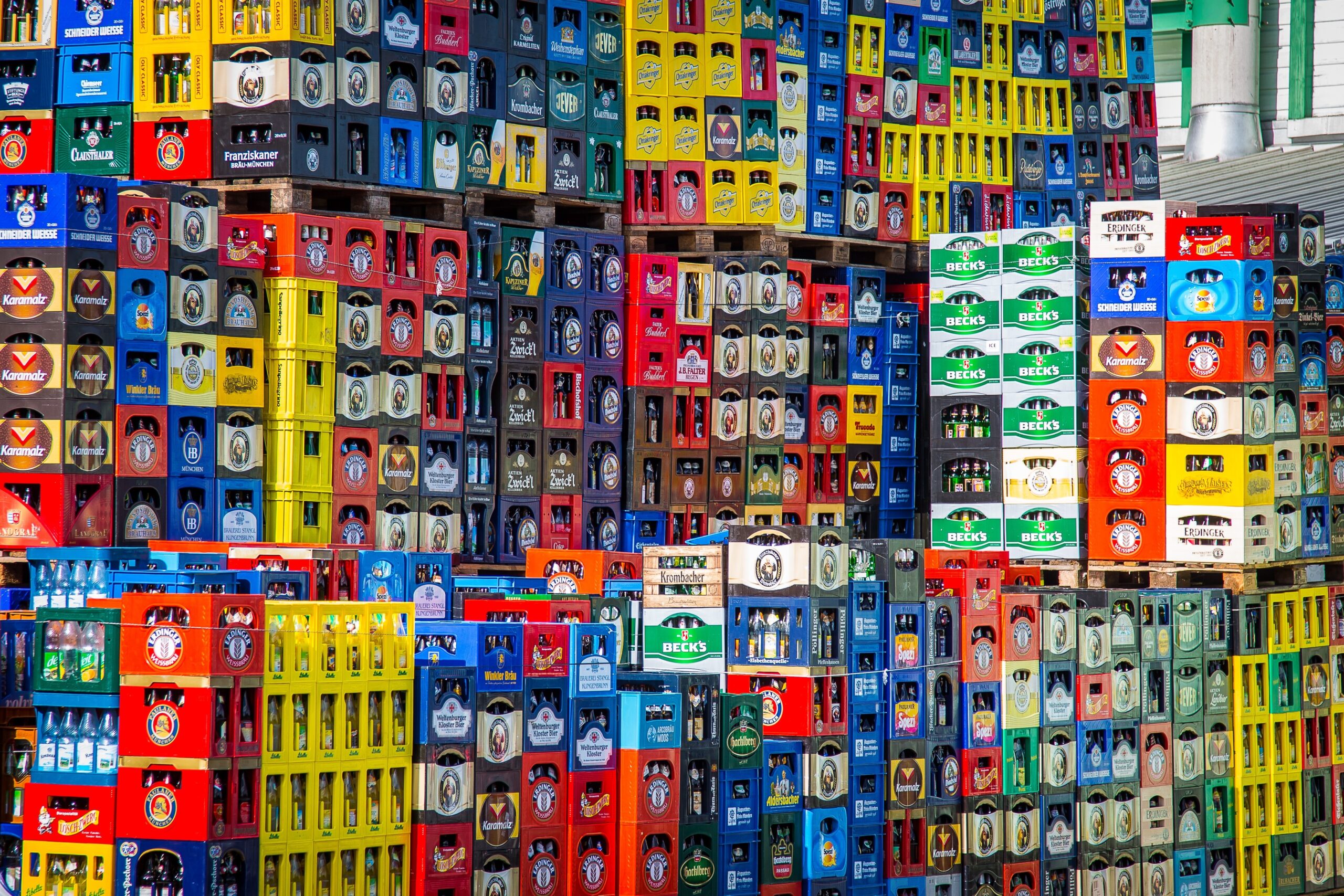There are causes of stock loss beyond the obvious of theft and robbery. Any damage to stock prior to sale that prevents it from being saleable is also considered stock loss and adds to a retailer’s shrinkage calculation.
Depending upon the business model and the type of merchandise sold, stock damage can be a modest or significant issue. Merchandise value, fragility and seasonality all increase the need for careful consideration of the best strategies to ensure the maximum sell through of stock at full price.

Each retailer needs to look closely at their operations to determine the causes of stock loss that impact their business most significantly. For fashion retailers one of the primary causes may be reductions or markdowns due to stock seasonality. For luxury retailers it may be merchandise spoilage as a result of fabric pulls, leather marks, and other forms of damage that make a product unsellable.
For supermarkets causes of stock loss may include:
- Reductions: product that must be sold before it goes out of date
- Wastage: stock that goes in the bin due to spoilage or inefficient portioning
- Shrinkage: stock unaccounted for or missing as a result of an administrative error, theft, inaccurate recording or another unidentified reason
Having an awareness of the causes of stock loss in their specific context allows retailers to develop initiatives that can help mitigate the loss.
Each retailer needs to do their own investigation in order to identify their greatest causes of stock loss.
Known Loss
Shrinkage can be known and unknown. Generally as soon as a cause of shrinkage has been identified it becomes known.
For example:
- Known theft processed
- Known errors processed, such as out-of-date or damages
- Cost of sales adjustments, such as tasting, markdowns, or out-of-date
- Other, such as donations
Unknown Loss
Unknown shrinkage is the most challenging to identify and account for because by definition it is unknown.
Often only quantified through a stocktaking process, unknown shrinkage includes:

- Cash register supervision; overs/shorts; refunds; ambiguous pricing
- Wrong pricing; incorrect extensions; unreadable figures; poor systems
- Markdowns; price changes; product not scanned
- Internal & External theft
- External: stock stolen, consumed, damaged, cash theft, worthless cheques, refunds, ticket switching, credit cards
- Internal: collusion with customers, returns, debit notes, gift card fraud, stolen cash
- Inter-company fraud
- Incorrect deliveries, invoices, quantities
- Waste
- Damage: stacking, weather, rotation, deterioration, leakage, transit
- Resources: staff, stationery, postage, public utilities, safety, health, fire
In Australia, internal employee theft was the largest cause of loss at 40.5% according to the Global Retail Theft Barometer research for the period July 2010 to June 2011. This outweighs the impact of shoplifters at 37.3%.
Stocktaking
Frequent stocktaking can help retailers identify and quantify unknown loss. It is an essential part of a loss prevention strategy as it allows a comparison between actual stock levels and those based upon ordering records.
While stocktake systems may be computerized or manual, the data collected is used to quantify the current size of inventory for each product line
Report on the Impact of Stock Loss to Business
When stock loss has been identified it must be reported to key business stakeholders. Frequent stocktakes can help identify and quantify the extent of unknown stock loss.
To understand the extent of shrinkage and report as accurately as possible upon it, shrinkage must be measured.
The following are guidelines on how to measure and report on shrinkage:
- Measure throughout the supply chain i.e. at stores and in the distribution network
- Measure both known and unknown shrinkage
- Record shrinkage by individual item (SKU) and by individual category / store / distribution centre / transport route. This will allow hot products and hot locations to be identified, where action is needed first.
- Share shrinkage results in a variety of ways:
- At cost price for accounting purposes
- At retail price to highlight its importance and to motivate collaborative performance improvement
- As a percentage of turnover to allow comparison between businesses
- Stocktake as often as possible.
Measurement of shrinkage by itself will not reduce it. The data gathered will support your analysis and reporting to key stakeholders who can act to reduce losses.
Implement Procedures to Control Stock Loss
As many retailers now operate on increasingly tight profit margins, any relief from the impact of stock loss is welcome and positively hits the bottom line.
To ensure action is taken to implement improvements, relevant findings must be shared with key stakeholders responsible for areas of the business that have the potential to effect change.
Looking to learn the art of effective Leadership? The ARA Retail Institute provides leading accredited training options including workshops and masterclasses in Leading and Developing Staff. Have a look at our class below:
{{cta(‘b3cfa9ad-c890-4747-a2fe-dcf6b45312af’,’justifyleft’)}}{{cta(‘f80af7d3-01f8-4f83-a79d-3e15679e5139′,’justifyleft’)}}



















